Discover the Best Kids' Art Classes Online
People have been creating art for centuries, including kids. It was only in the 18th century, however, that the effect that art engagement has on child development began to be studied. Artists, philosophers, and pedagogues realized that art plays a significant role in the physical and mental development of children and began to further study this. The emergence of studies connecting art to child development led to the spread of art education for children in the late 1800s.
Kids’ art had originally been appreciated for its aesthetic quality. Artists were enraptured by art that wasn’t tainted by adult influence. Kids’ art showcased their inability to visually express subjects the same way as adults can. This led to kids’ art being likened to modernism, an art movement that rejects realism. Around this time, kids’ art also began to be displayed to the public as part of art collections.
Scholars that examined the connection between art and child development noted that the stages of child art can be associated with different ages and, thus, development levels. For example, around a child’s first birthday, they’ll have started learning how to scribble, which requires a small degree of motor control. It’s not until age nine or ten that kids’ art starts to become realistic in style, as they develop better observational skills and an understanding of the world around them.
Psychologists and teachers have studied the benefits that art provides to children. Working on art projects with their hands contributes to kids’ physical development. Art also allows children to express their creativity and connect with their emotions. As these benefits have been better understood with time, art has become not just a fun activity for kids, but an integral part of their lives.
Why Should Kids Learn Art Online?
Introducing your child to art at an early age gives them a head start developmentally. When creating art, children will need to work with one or both of their hands as well as their fingers. These frequent movements will not only improve their coordination and fine motor skills but will also strengthen the muscles in their hands. Common tools used in kids’ art include crayons, markers, and scissors. Holding onto these items will require dexterity and motor control.
Your child’s cognitive skills can also be improved through art. When working on art, children learn about different shapes, colors, and sizes. They’ll also learn how to plan as they think about what they want to create, and they’ll practice their problem-solving skills when they make mistakes, especially if they’re using permanent or semi-permanent mediums like paint, markers, and glue. Cause and effect will also be studied when they mix mediums like paint.
Open-ended play lets children use their imaginations without specific goals in mind or required steps. Art is an example of open-ended play. This play style has been shown to help children understand their emotions, as they work through situations and scenarios without prompting. Additionally, if they’re playing with others, it promotes social development as they learn to share and communicate. Art play also allows children to use their imaginations and explore the boundaries of their creativity.
Virtual Kids' Art Classes
In-person kids’ art classes will provide your child with hands-on instruction and demonstrations. These classes also encourage them to socialize with other kids their age. However, in-person classes don’t always fit into everyone’s schedule. Luckily, virtual kids’ art classes are available.
Virtual art classes and camps can be attended by your child from the comfort of your own home. They are taught by instructors from around the country and focus on different types of art like drawing, painting, and sculpting.
There are a few online kids’ art classes available for your child to take on CourseHorse.
If your child is between the ages of five and eight, you can enroll them in The Art Studio NY’s online Summer Art and Creativity Camp. A live instructor will encourage your child to express themselves through art. They’ll engage in art through fun projects as they learn how to paint, draw, and journal. They’ll also be able to socialize with other kids their age. There are several camp schedules that you can choose from, including half-day camps or full-day camps.
Children aged 10-16 who are interested in digital art, a fairly new and popular form of art, may want to enroll in the Art of SF Bay’s Digital Painting Art Camp. During this five-day camp, your child will use a laptop, tablet, or phone to create digital art. They’ll become familiar with digital tools and editing apps as their instructor teaches them the fundamentals of digital drawing. Several devices and software are required to take this class, all of which are listed on the class page.
10-16-year-olds can also attend the Art School of SF Bay’s Manga Art Camp. Kids of all skill levels are welcome to enroll in this camp where they’ll work on their drawing skills. They’ll create freeform projects over the course of five days. For their project, they can create a comic or illustration of their favorite comic or manga characters. They can also choose to create drawings of their own original comic or manga characters.
Private Online Group Kids' Art Classes
Is your child and their group of friends interested in taking an art class? If so, CourseHorse offers private kids’ art classes that they can deliver to you remotely. These remote classes can be scheduled as a birthday activity or something to occupy your child’s time over the summer.
You can contact CourseHorse through the form on their website to learn about the remote kids’ art classes they can offer you. They can help you determine what type of art class would best fit your group’s needs, including class size and medium type. CourseHorse will work to accommodate your group size. If you’re unsure of the size at the time of sign-up, you can provide them with the minimum group size and update your headcount up to a week before the class date. You don’t need to worry about providing kids with art supplies either; CourseHorse provides all participants with the necessary materials ahead of the class.
There are no booking fees when scheduling a class with CourseHorse. You can cancel your child’s class for free up to two weeks before the session. Classes can be delivered via several online video platforms. These include Zoom, Microsoft Teams, Google Meets, and WebEx, although Zoom is preferred.
Online vs. In-Person Kids' Art Classes
Online and in-person classes have different benefits. You should consider the following advantages and disadvantages of in-person and online kids’ art classes before signing your child up for one.
In-person classes allow for a hands-on approach to learning. An instructor will offer in-depth demonstrations and they can answer your child’s questions throughout the class in real-time. These are also a great way for your child to meet and make friends with other kids their age. If there aren’t any in-person classes offered in your area or if the commute is too long, you might want to consider online kids’ art classes. These classes are taught by a live instructor who can provide your child with feedback.
Virtual classes will require you to source all materials yourself, whereas in-person classes may supply them. The class instructor will provide you with the materials your child will need ahead of the class date. This list can be fulfilled at your local art shop or craft store, or online.
Can My Child Learn Art for Free Online?
Your child can get started making art for free. They can engage in open-ended play and work with whatever tools you’re able to provide them with. They can also watch free online art tutorials that can guide them through drawing, painting, and other methods. The internet is a great resource for information on more advanced art techniques. If they’d like additional instruction or someone to answer their questions, a class with an expert instructor is an efficient and in-depth way to learn how to create art.

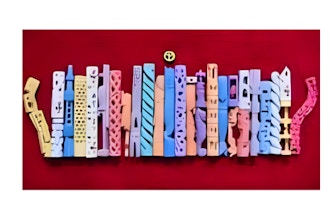
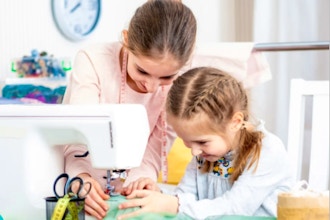
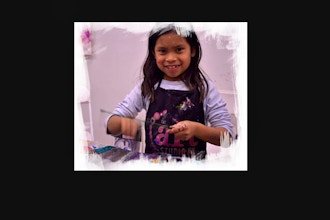


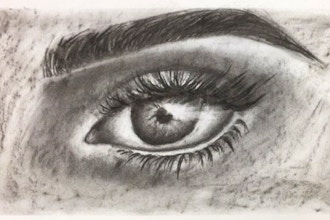
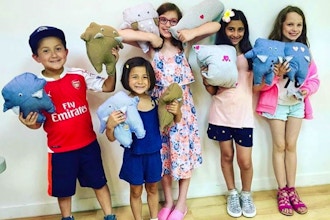
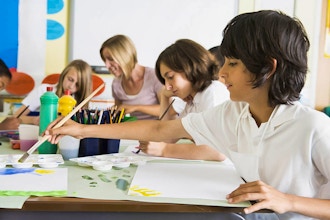

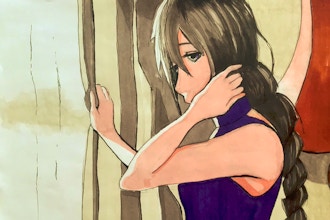
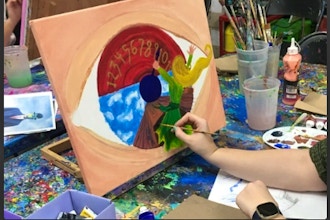
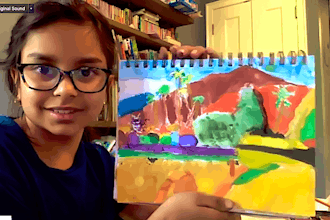
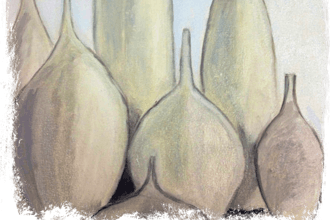
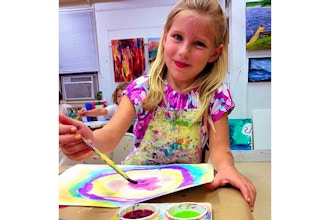
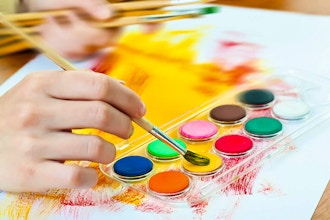
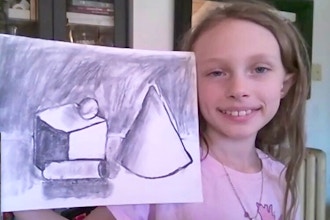
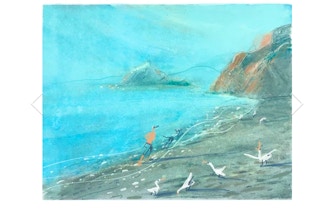
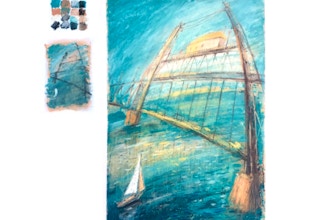

SF2..jpg?auto=format%2Cenhance%2Ccompress&crop=entropy&fit=crop&h=220&ixlib=php-1.2.1&q=90&w=330)








